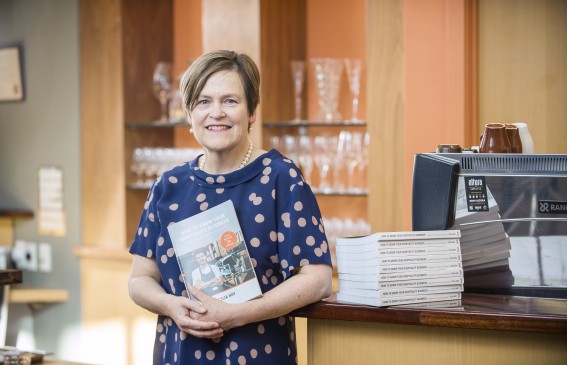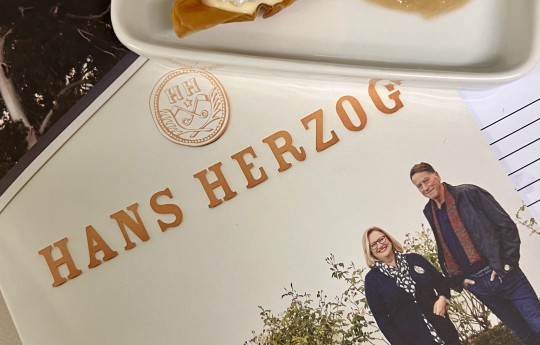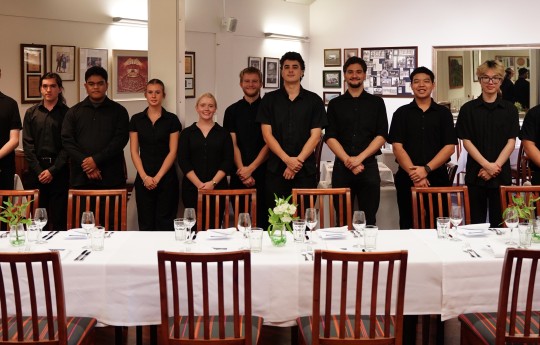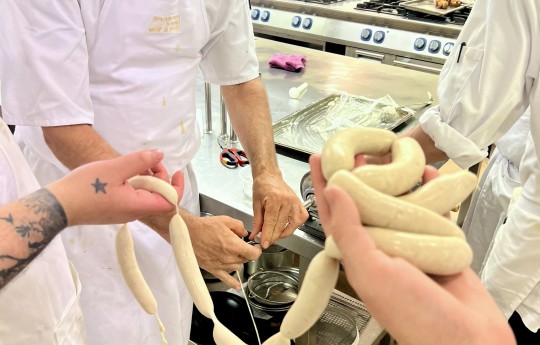Recipe: Sourdough

Sourdough is a bread raised by aerobic yeast (yeasts in the atmosphere) that are captured in a mixture of flour and water and fed regularly to keep them alive. There are many different ways to make a sourdough starter — some people insist on using mineral water to feed the starter, others use water from boiled potatoes to get the starter going. It’s very effective to get a cup of someone else’s starter that you can then feed and grow yourself. Other people have sourdough starters that have been handed down through generations, but there’s no need for all that fuss: it’s incredibly easy to make your own.
Starter
| 1 cup | Water, from the tap |
| 1 cup | Flour |
Sourdough bread
| 500 g | Flour, (can be 1/2 rye and 1/2 wheat) |
| 350 ml | Water, approx |
| 1 Tbsp | Salt |
| 200 g | Starter dough |
| 1 spray | Oil, to spray tray |
Directions
Depending on the time of year, it will take 3-4 days to start bubbling. It then needs to be fed once or twice a day with equal quantities of flour and water (about a 1/4 cup of each). If the bowl starts to get too full, you can throw out some of the mix. The important thing is to keep the starter alive and this requires feeding at least once a day. You can see the starter go through a daily cycle of growth where it bubbles up and there are large air bubbles through the mixture — this is the best time to use it for making bread and usually happens 8-10 hours after being fed. The yeast will then die off (you will see it become more runny and there will be fewer bubbles) unless fed again.
When not planning to bake bread, keep the starter in the fridge in a plastic container with a lid. When you do want to bake bread take it out a few days beforehand and start to feed it again; it should start to bubble.
The sourdough starter is the product of wild fermentation and therefore can be unpredictable.
Sourdough bread
- Knead all the ingredients well until smooth.
- Place in a lightly oiled bowl, cover and leave to rise until almost doubled in size. This will take up to 12 hours depending on the room temperature. You can cover it with plastic wrap and leave it in the fridge overnight, but ensure you take it out 20 minutes before baking to allow it to come to room temperature and rise again.
- To cook, heat the oven to 220C and place a metal tray in the oven to heat up.
- Spray the hot tray with oil, place the bread on the baking tray and score the top of the bread.
- Sprinkle with flour and bake for 10 minutes, then reduce to 180C and bake a further 10 -15 minutes. To check the bread is cooked, tap the bottom of the loaf — it should sound hollow.






